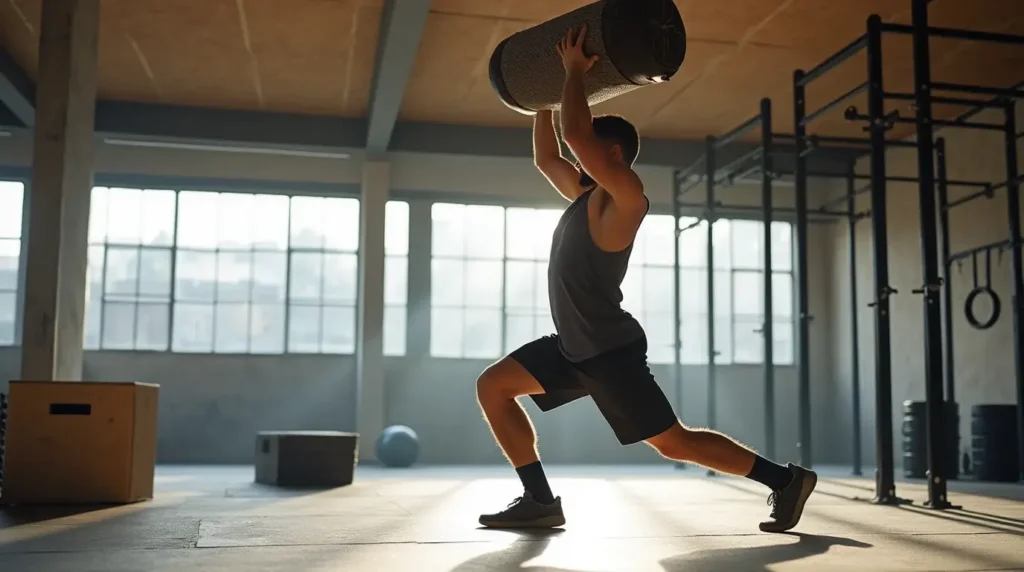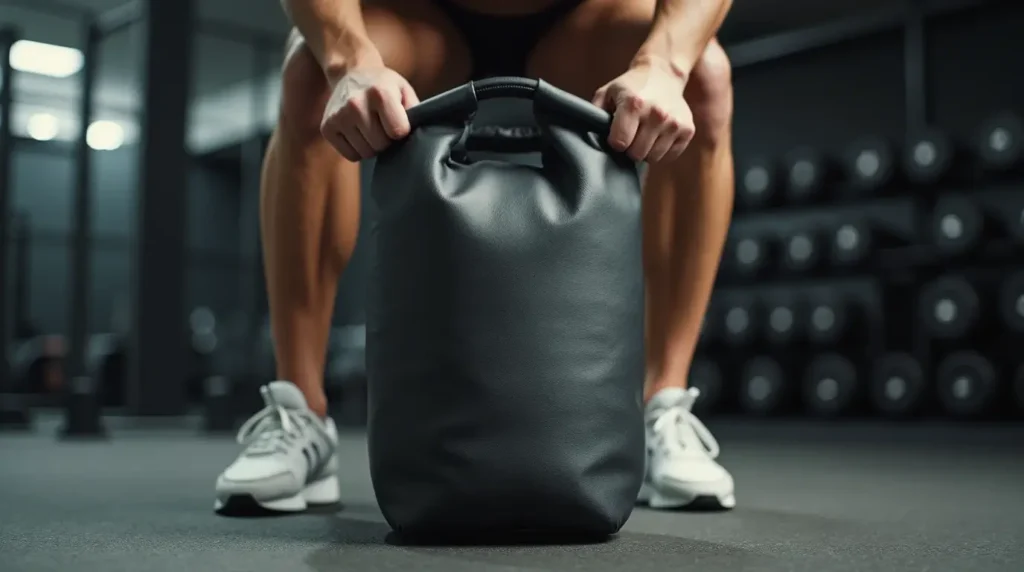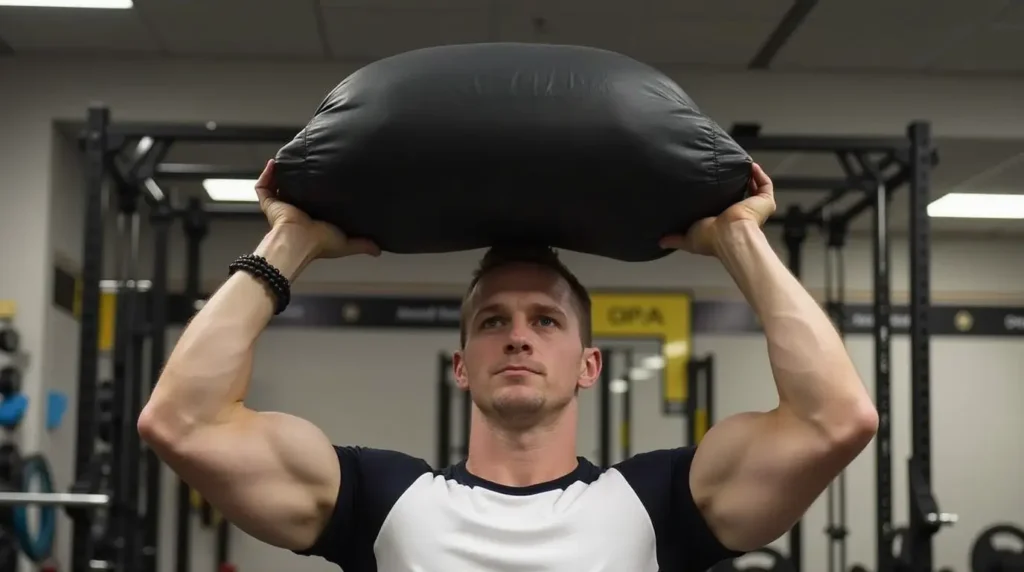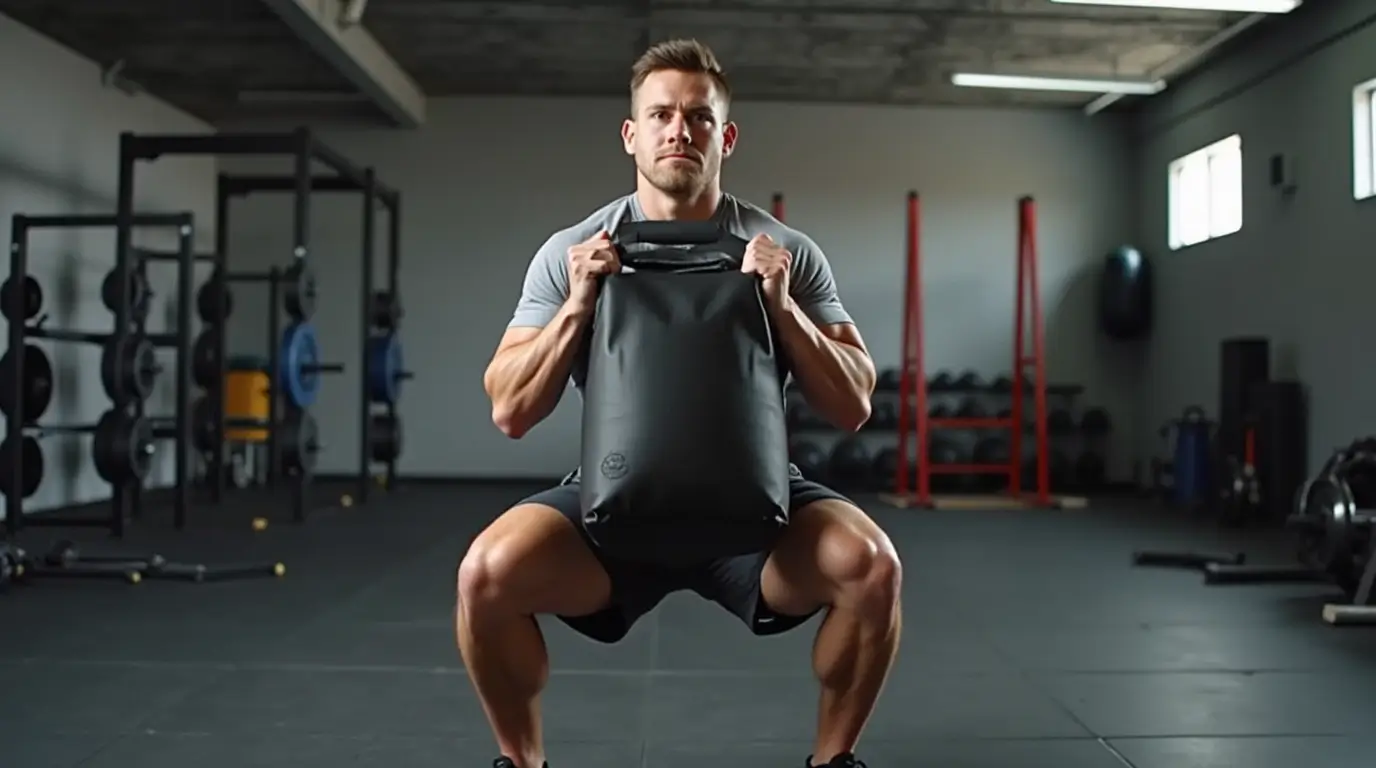Have you ever felt the satisfying burn after a challenging workout that engages every muscle in your body? If you haven’t tried sandbag workouts yet, you’re in for a treat. Sandbag training isn’t just about lifting a weighted object—it’s about functional strength, endurance, and full-body conditioning. Whether you’re looking to sculpt your body, improve your athletic performance, or increase your overall strength, this workout targets muscles you may not even know you had.
In this article, you’ll discover exactly what muscles the sandbag workout targets, how these exercises can transform your fitness routine, and why sandbags are one of the best tools for building both strength and stability. Let’s break down how incorporating sandbags into your fitness journey can unlock your full potential.
Table of Contents
Table of Contents
Understanding the Sandbag Workout
The Benefits of Sandbag Training
Before diving into the muscles worked by sandbag training, let’s take a closer look at what makes this type of workout so unique. Sandbag exercises are highly dynamic and require you to engage your entire body with every movement. Unlike traditional dumbbells or barbells, sandbags are an unstable load. The shifting nature of the sand inside the bag forces your muscles to adapt quickly, making them work harder to stabilize your body.
What is a Sandbag Workout?
A sandbag workout consists of exercises using a sand-filled bag that you lift, carry, press, or throw. The weight is often adjustable, allowing you to increase or decrease intensity based on your fitness level. Popular exercises include squats, lunges, cleans, and presses, all of which engage multiple muscle groups simultaneously.
Why Choose Sandbag Exercises?
- Total Body Engagement: Sandbag exercises activate both your large and small muscle groups. This leads to a more comprehensive workout.
- Core Stability: Unlike fixed weights, sandbags force your core to engage more for balance and stabilization.
- Functional Strength: Many sandbag movements mimic real-world activities, making them more functional for everyday life.
- Versatility: Sandbags can be used for strength, conditioning, and endurance exercises. They’re highly adaptable to different fitness levels.
- Increased Coordination: The unstable nature of the sandbag challenges your coordination, balance, and proprioception.
Full Body Engagement with Sandbags
Which Muscles Does the Sandbag Work?
When you incorporate sandbag exercises into your workout routine, you’re engaging nearly every muscle group. Let’s break down the key areas that benefit from this versatile training tool.
Upper Body Muscles Targeted
While sandbags might not look like typical gym equipment, they’re incredibly effective for building upper body strength. As you lift, press, and carry the sandbag, you’re recruiting muscles in your shoulders, arms, and chest.
- Shoulders: Sandbag exercises like overhead presses and clean and press target the deltoids (shoulder muscles), giving them a full range of motion.
- Arms: Movements such as sandbag curls and presses engage both the biceps and triceps, enhancing arm strength and endurance.
- Chest: Sandbag exercises like chest presses or sandbag push-ups help to activate the pectoral muscles (chest), contributing to chest definition and strength.
Core Muscles Engaged
The true power of sandbag workouts lies in their ability to engage your core. When you perform movements such as squats, twists, and deadlifts with the sandbag, your abdominals, obliques, and lower back muscles have to stabilize your body, improving overall strength and balance.
- Abs: Sandbag exercises such as squats, lunges, and cleans demand strong abdominal engagement, providing a full core workout.
- Obliques: Dynamic movements like rotational lifts and throws activate the obliques, which help with torso rotation and lateral stability.
- Lower Back: Deadlifts and other compound exercises with a sandbag target the erector spinae (lower back muscles), strengthening your posterior chain.
Lower Body Muscles Worked
It’s not just your upper body and core that benefit from sandbag exercises. Your legs and glutes will thank you for incorporating sandbags into your routine. The nature of the exercises requires you to squat, lunge, and deadlift, all of which engage key lower body muscles.
- Quads: When performing sandbag squats or lunges, the quadriceps (front of your thighs) get an intense workout. The lower the squat or lunge, the more tension placed on the quads.
- Hamstrings: Sandbag deadlifts and clean and presses activate the hamstrings (back of the thighs), helping to build strength and muscle definition.
- Glutes: The posterior chain, including the glutes, is heavily engaged during sandbag squats, lunges, and hip thrusts. These exercises help sculpt and strengthen the glute muscles.

Sandbag Workouts for Specific Muscle Building
Targeting Specific Muscle Groups with Sandbag Training
While sandbag exercises engage your entire body, you can also focus on specific muscle groups. If you’re looking to build strength in particular areas, you can modify your sandbag routine to emphasize certain muscle groups.
Building a Stronger Core
A powerful core is essential for overall fitness, as it stabilizes the body during almost every movement. Sandbag exercises naturally target your core, but there are specific moves that focus even more on strengthening these muscles.
- Sandbag Squats: Deep squats with a sandbag held in front of your body force your core to engage to maintain balance.
- Sandbag Twists: Rotational movements using the sandbag engage your obliques, providing a solid workout for your core and improving your torso’s twisting ability.
- Sandbag Deadlifts: The lower back, glutes, and abs are all engaged in this movement, building strength in the posterior core muscles.
Legs and Glutes: Sculpt Your Lower Body
If you’re looking to improve your lower body strength and shape, sandbag exercises like squats, lunges, and deadlifts are fantastic choices. These exercises challenge both your legs and glutes, helping you develop strength and muscle definition.
- Sandbag Squats: A deep squat with the sandbag placed on your shoulders or held in front of your chest engages your quads and glutes, helping to build strength and shape in the legs and glutes.
- Sandbag Lunges: Walking lunges or static lunges using a sandbag place emphasis on your quads, hamstrings, and glutes, giving you a full leg workout.
- Hip Thrusts: Place a sandbag on your hips and perform hip thrusts to isolate your glutes for maximum activation.
Improving Upper Body Strength
Strong arms, shoulders, and chest are essential for overall fitness. Sandbag exercises offer an effective way to strengthen and build muscle in these areas.
- Sandbag Overhead Press: This movement targets your shoulders, triceps, and upper chest, improving upper body strength and endurance.
- Sandbag Clean and Press: This full-body exercise, which involves lifting the sandbag from the ground to overhead, engages your shoulders, biceps, triceps, and core.
- Sandbag Rows: Pulling a sandbag toward your body targets the back and shoulders, building strength in the upper body and improving posture.
Best Sandbag Exercises for Maximum Muscle Activation

Top Sandbag Exercises to Include in Your Routine
To truly benefit from sandbag workouts, it’s important to incorporate the right exercises that maximize muscle activation. Below are some of the most effective sandbag exercises for overall muscle development.
Sandbag Cleans
- Targeted Muscles: Full-body exercise that targets the legs, core, shoulders, and arms.
- Benefits: Enhances explosive power, coordination, and full-body strength.
- How to Perform: Start with the sandbag on the floor, lift it to your chest, and then press it overhead.
Sandbag Squats
- Targeted Muscles: Quads, hamstrings, glutes, and core.
- Benefits: Builds lower body strength, improves flexibility, and engages the core for balance.
- How to Perform: Hold the sandbag at your chest or place it on your shoulders and perform squats with proper form.
Sandbag Lunges
- Targeted Muscles: Quads, hamstrings, glutes, and calves.
- Benefits: Targets the legs and glutes while improving stability and balance.
- How to Perform: Step forward into a lunge while holding the sandbag at chest height or across your body.
Sandbag Overhead Press
- Targeted Muscles: Shoulders, triceps, and upper chest.
- Benefits: Builds upper body strength and endurance.
- How to Perform: Hold the sandbag at shoulder height and press it overhead, fully extending your arms.
Sandbag Rotational Movements
- Targeted Muscles: Core, obliques, and shoulders.
- Benefits: Improves rotational strength and core stability.
- How to Perform: Hold the sandbag in both hands and rotate your torso from side to side.
Tips for Getting the Most Out of Your Sandbag Workout
Maximizing Effectiveness and Preventing Injury
To see the best results from your sandbag workout, it’s important to follow these tips:
- Proper Form and Technique: Always focus on form to prevent injuries and maximize the benefits of each exercise.
- Progressive Overload: Gradually increase the weight of the sandbag or the number of repetitions to challenge your muscles.
- Combine with Other Workouts: Sandbag exercises complement other strength training and cardiovascular workouts, making them ideal for a well-rounded fitness plan.

FAQ: Sandbag Workout and Muscle Activation
Everything You Need to Know
What muscles are most targeted with sandbag workouts?
Sandbag workouts engage nearly every muscle in your body. They particularly target the quads, hamstrings, glutes, and core, while also working the shoulders, arms, and chest. This makes sandbag training a great full-body workout that builds strength, coordination, and muscle definition across all major muscle groups.
Can sandbag exercises help build muscle mass?
Yes, sandbag exercises can help build muscle mass, especially when combined with progressive overload and proper form. Since the sandbag is an unstable load, your muscles work harder to stabilize it, which leads to greater muscle activation and growth. Sandbag workouts are perfect for functional muscle development
How often should I do sandbag workouts to see results?
To see noticeable results, aim for sandbag workouts 3-4 times a week. Make sure to vary the exercises and intensity to prevent plateaus. Allow for adequate rest between sessions to give your muscles time to recover and grow. Consistency is key to achieving significant progress over time.
Are sandbag workouts suitable for beginners?
Yes, sandbag workouts are great for beginners. You can start with lighter bags and simpler exercises to build strength and confidence. As you progress, you can increase the weight or intensity of the exercises. Always focus on mastering the proper technique to prevent injury and maximize benefits.
Conclusion
Take Your Sandbag Workout to the Next Level
Sandbag workouts are an incredible way to build strength, improve coordination, and sculpt your body. By targeting multiple muscle groups simultaneously, these exercises offer a highly effective and functional approach to fitness. Whether you’re looking to build core strength, improve lower body definition, or enhance upper body endurance, the sandbag workout has something to offer.
So, what are you waiting for? Grab a sandbag and start your journey toward a stronger, more resilient body today!

